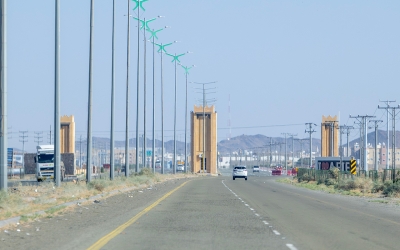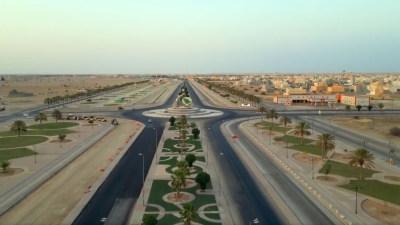
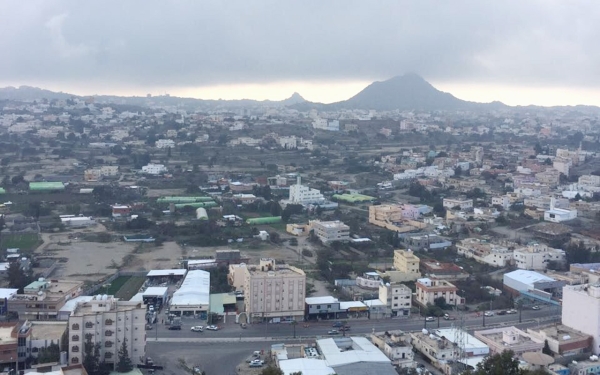
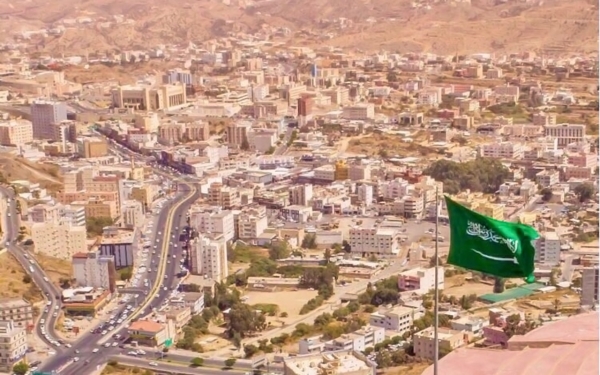
Baljurashi Governorate is one of the governorates of al-Bahah Province southwest of the Kingdom of Saudi Arabia. It is administratively classified as a Category A governorate, and is the second city in the province by population.
History of Baljurashi Governorate
The name Baljurashi derives from the Baljurashi tribe that inhabits the governorate, one of Ghamid tribes.
Baljurashi is an important governorate in al-Bahah Province, as it was formerly the headquarters for government departments in the province, between 1951 and the end of 1963. It is the largest commercial and economic hub. Therefore, it is considered the foremost of the region's nine governorates affiliated with the Emirate of the Province.
Location of Baljurashi Governorate
Baljurashi Governorate is located twenty-five km south of al-Bahah City, and is the largest governorate in al-Bahah Province. It oversees five administrative centers: Bani Kabeer, Balshahm, al-Janabin, Jarad, and Wadi Shari.
The governorate contains diverse terrain; characterized by Mount Hazna, the highest peak in the province, soaring 2,211 m above sea level, and al-Qame’ and Shukran forests. Baljurashi is a generally mountainous area punctuated by some valleys and plains, with some flatlands. It is bordered from the north by al-Bahah City and al-Aqiq Governorate; from the south and east by Asir Province; and from the west by al-Makhwah Governorate. The governorate occupies an area of 1,362 km, and has a population of 51,787 inhabitants.
Monuments and landmarks in Baljurashi Governorate
Baljurashi Governorate has a number of archaeological sites and geographical monuments, including the Sheikh Mohammad Bin Musbeh Museum, the archaeological village of Dar as-Souq, and the historical Saturday Market. The governorate also contains some valleys and dams, such as Wadi al-Khaitan, Wadi al-Janabin Dam, Wadi Mithwid, al-Marzouq Dam, al-Hubais Dam, al-Talqiyah Dam, al-Hilya Dam, Wadi al-Hadab, and Wadi Matouh.
Bani Kabeer Center of Baljurashi Governorate contains al-Abadil archaeological village, which represents a historical, humanitarian, and cultural legacy, featuring unique architecture as it is adjacent to gigantic rock formations, and its nature that encapsulates the simplicity of human life in bygone times. The village is characterized by urban diversity, the plurality of internal courtyards, roofed walkways, and rock caves, and is situated on agricultural terraces.
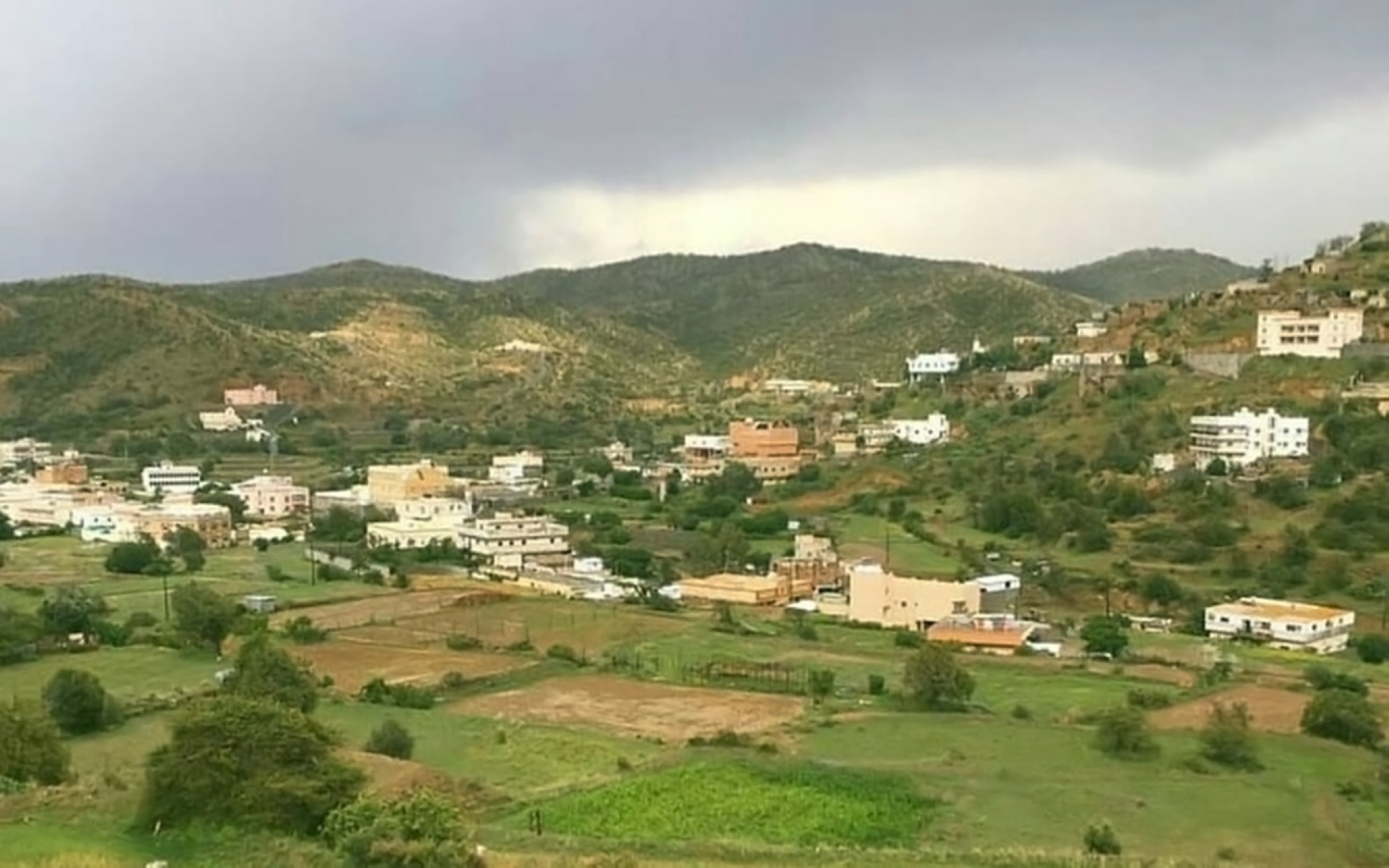
Agriculture in Baljurashi Governorate
By virtue of its location on the highest peak in al-Bahah Province, Baljurashi is classified as an agriculturally rich area. It is known for its diversity of vegetation, as it sits on the Sarawat Mountains and includes some villages on the slopes toward the Tihama plain, which reflected on its diverse crops as a result of its diverse climate in al-Sarah and al-Asdar. Its most prominent trees in al-Sarah are almonds, apricots, peaches, apple varieties, pears, quince, pomegranates, grapes, berries, wild olives, and vegetables of all kinds. Al-Asdar, however, is renowned for growing coffee, Qishr, banana, prickly pear, and other crops and vegetables.
The governorate is also renowned for honey production. It is home to the Kingdom’s first beekeepers' cooperative association, which organizes an annual honey festival that attracts visitors and participants from more than fifty countries. On its margins, many diverse events take place, including an annual conference drawing participation from doctors and experts in honey production and processing.
Al-Bahah Province is famous for popular markets periodically organized in each of its governorates. One of these markets is held in central Baljurashi, known as al-Sabt (Saturday) Market, which is a touristic, commercial congregation where vendors display their agricultural produce and handicrafts.
Related quizzes
Related articles
